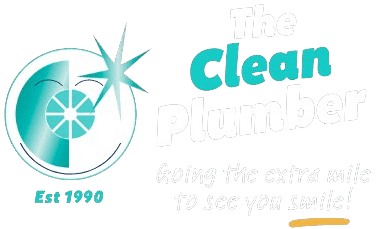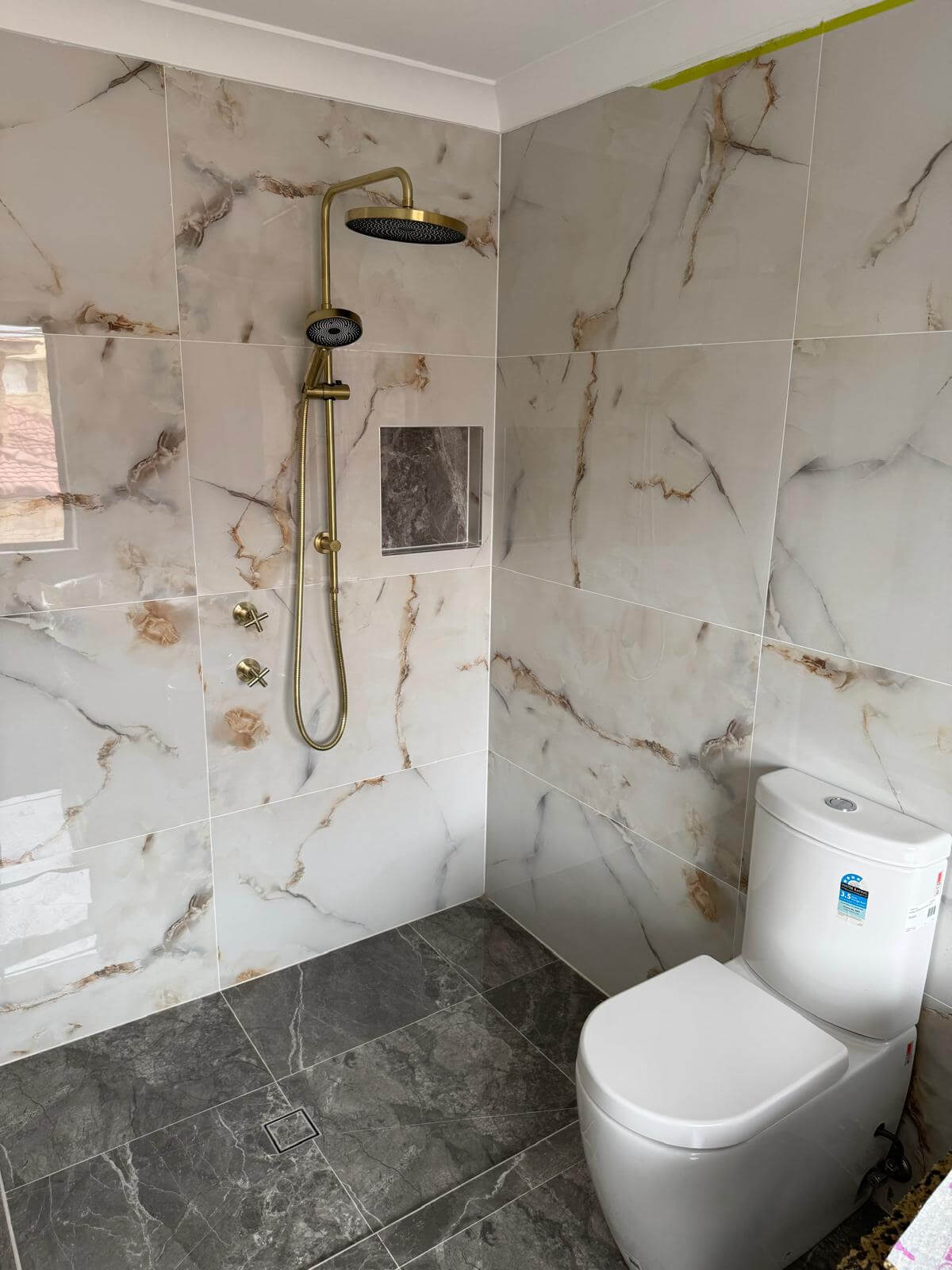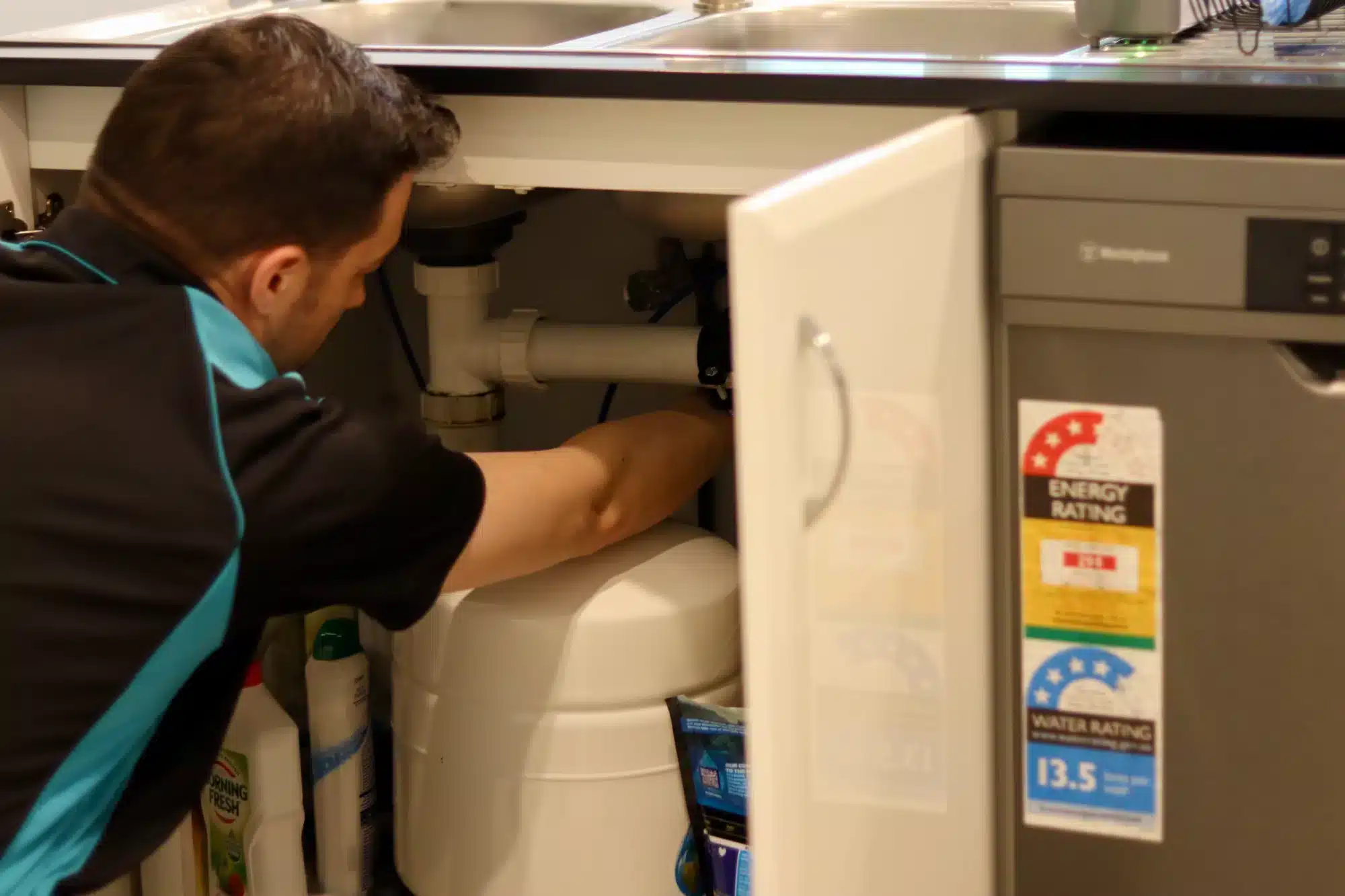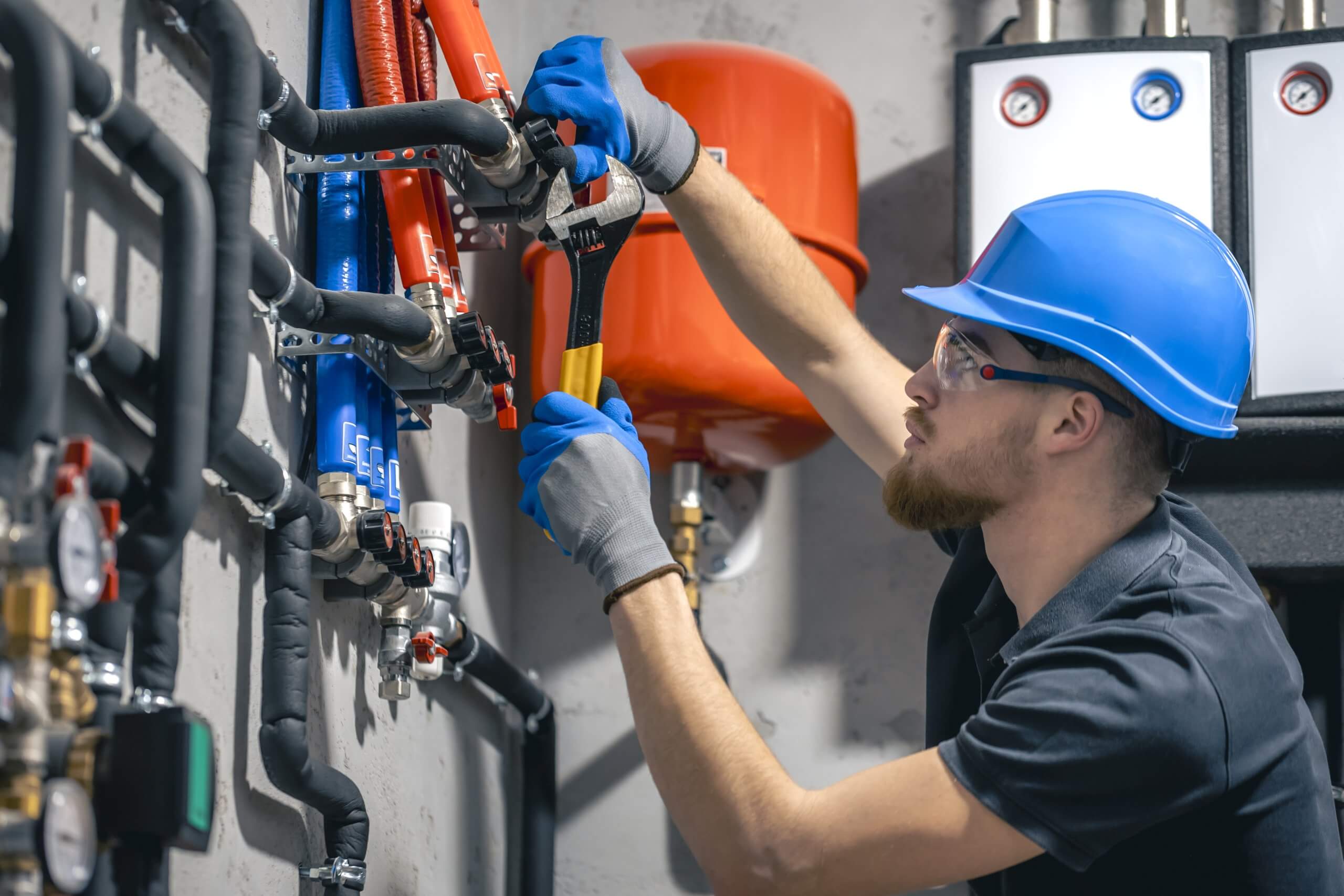Draining a toilet bowl and emptying the toilet tank might not be the most glamorous task around the home, but it’s certainly a useful skill to have. Whether you’re tackling a stubborn blockage, undertaking some much-needed maintenance, or giving the loo a deep clean, knowing how to properly drain your toilet and understand how excess water flows can save you from potential mess, water damage, and plumbing disasters. This comprehensive guide will walk you through the process step-by-step, using terms and practices suited to Australian homes.
Even if you’ve never picked up a tool in your life, the following steps are easy to follow and can give you the confidence to tackle common toilet issues, including how to handle excess toilet water in the toilet, including how to flush the toilet properly. and using a wet vac to remove water without rushing to call a tradie straight away. and learn how to drain toilet bowl effectivel . Plus, mastering this one skill can save you time and money, and provide peace of mind when something goes wrong.
Why You Might Need to Drain a Toilet
There are several situations where you might need to drain a toilet bowl, checking the fill valve and attaching one end of a hose to a wet vac which is either helpful or completely necessary:
Repairs:
Whether you’re replacing a wax seal, fixing a leaking toilet, or working on internal parts like the flush valve, cistern float, or flapper, draining the bowl makes the job cleaner and easier. Trying to work on a toilet with water still in the bowl can lead to spills or a big mess when removing components. You also reduce the risk of slipping or damaging nearby flooring.
- Deep Cleaning: For a thorough clean—especially under the rim or around the outlet hole—draining ensures you can reach all the nooks and crannies without dilution from water. Stains from limescale, rust, mould, or built-up grime are much easier to remove when the bowl is dry. This is particularly helpful if you’re dealing with hard water stains common in some Aussie regions.
- Blockages: If your toilet is partially clogged or backing up, removing the water helps you get a better look and allows plunging or snaking without splashing. It’s especially useful when a toy, sanitary item, or other foreign object has gone down the drain. You can also avoid spreading bacteria or contaminants if the water is dirty.
- Prevention of Water Damage: Any plumbing work near the toilet that could involve moving or disconnecting the unit should start with draining it. This reduces the risk of accidental overflow, flooding, or leaks—especially important in carpeted, timber, or laminate-floored bathrooms that are more prone to damage.
- Painting or Renovating: If you’re renovating your bathroom, installing new tiles, or painting near the toilet, draining and covering it helps avoid water marks, paint drips, or damage to tools and surfaces. It’s also easier to temporarily remove the toilet entirely if needed.
What You’ll Need Before You Start
Most Aussies have these basic tools, including tools for reaching the u bend, lying around the house, making the process easy to manage without a special trip to Bunnings:
Essentials for managing your toilet tank :
- Rubber gloves (elbow-length recommended for hygiene and protection)
- Sponge or small towel
- Small bucket or container
- Cup or scoop (an old yoghurt container works fine)
- Old rags or towels to protect the floor and catch drips
- Disinfectant spray or wipes for cleanup
- Cleaning products (such as toilet cleaner, vinegar, or baking soda for descaling)
Optional Extras:
- Wet/dry vacuum (for quick and thorough water removal)
- Plunger (if you’re dealing with a blockage)
- Toilet brush (for scrubbing once drained)
- Knee pads or a cushion (if you’ll be kneeling for a while)
- Protective eyewear (if dealing with potential splashback)
- Tarp or plastic sheeting (to protect floors if removing the toilet)
- Headlamp or torch (for better visibility in tight spaces)
Being well-prepared not only speeds up the process but also helps ensure you’re not running around mid-job looking for towels or buckets to dump water into . Being careful during preparation is key for avoiding unnecessary mess or delays.
Turning Off the Water Supply
Before you do anything else, locate and turn off the shutoff valve to the toilet. This prevents refilling and keeps your workspace dry.
- Locate the shut-off valve: It’s usually a small tap located behind or beside the toilet, where the cistern connects to the wall. This valve is often chrome or white plastic.
- Turn it clockwise: Rotate the valve until it stops. You should feel resistance, and the water should no longer flow into the cistern. Once turned off, listen to make sure water is no longer running.
What If the Valve Is Stuck or Inaccessible?
If the valve won’t budge or is hidden in a tight spot:
- Use a lubricant like WD-40 and wait a few minutes before trying again.
- Grip the valve with a cloth to give better traction without damaging it.
- If all else fails, turn off the main water supply to your house at the water meter (usually found at the front of your property, near the street).
- Notify any household members that the water is off, so they don’t get caught out.
Flushing and Removing Remaining Water
Once the water supply is off, you can use a siphon, wet vac, or a sponge to soak up and remove any remaining water:
- Flush the Toilet: Press the flush button (half or full, depending on your cistern type) to drain the cistern and push most of the water from the bowl. In most modern dual-flush systems, the flush will empty both the tank and the bowl to some extent.
- Assess the Situation: Some water may remain in the base of the bowl, particularly if the flush wasn’t strong enough or if there’s a blockage. This residual water needs to be cleared before moving forward.
- Repeat the flush: If the water isn’t completely gone, try flushing again (if some water pressure remains). Otherwise, proceed to manual methods.
Using Tools to Remove Residual Water
Now you’ll want to get rid of the last bit of water left in the bowl using a sponge:
Manual Methods:
- Scoop It Out: Use your cup or container to scoop water into the bucket. Start from the top edge of the water line and work your way down. It’s slow but effective.
- Soak It Up: Use a sponge, old towel, or thick paper towels to soak up water remaining at the bottom. Wring it out into the bucket or sink after each use. Repeat until completely dry.
For Hard-to-Reach Areas:
- Wet/Dry Vacuum: If you’ve got one handy, a wet/dry vacuum can suck up every last drop in seconds. Make sure it’s rated for water use and clean it thoroughly afterward. Use the narrow nozzle for tight spots.
Dispose of the water carefully by pouring it in a utility sink, laundry basin, or garden—avoid tipping it back into another toilet or a bathroom sink to prevent contamination.
Safety and Hygiene Tips During the Process
To keep yourself and your bathroom clean and safe:
- Always wear rubber gloves and avoid splashing dirty water.
- Lay old towels or rags around the toilet base to catch drips.
- Disinfect tools and surfaces once finished to prevent germs spreading.
- Ventilate the room well, especially if using strong cleaning products or chemical solutions.
- Consider using a disposable apron or overalls to protect your clothes.
- Never use kitchen items for toilet cleaning—label and store these tools separately.
- Wash your hands thoroughly after the job is complete.
Maintaining hygiene throughout the process will help keep your bathroom safe for everyone using it.
What to Do After the Bowl Is Drained
Depending on your goal, here’s what comes next:
If You’re Doing Repairs:
- Inspect seals, bolts, and inner toilet parts for wear or damage.
- Replace faulty parts like flappers, seals, or inlet valves using manufacturer-specific kits.
- If lifting the toilet, ensure the water line is fully disconnected, and have someone help if the toilet is heavy.
- Scrape off any old wax or silicone sealant before resealing.
- Double-check your work before reattaching the water supply.
If You’re Cleaning:
- Use a disinfectant toilet cleaner and brush to scrub the inside of the bowl.
- Clean the rim jets, outlet hole, and any stains that are easier to reach with the water gone.
- Rinse and wipe down all exterior surfaces, including the seat and base.
- Polish chrome or stainless steel fittings for a professional finish.
If Clearing a Blockage:
- Use a plunger or toilet auger to remove the clog.
- Follow with hot water and a cleaning solution like baking soda and vinegar to help flush remaining debris.
- Once cleared, turn the water back on and test with a flush. Check for leaks around the base and tank.
- Monitor over the next few hours for signs of recurrence.
When to Call a Licensed Plumber in Australia
There are times when a DIY fix just isn’t worth the risk:
- Stubborn or recurring blockages: May require professional tools like a drain camera or high-pressure jetter.
- Leaking or cracked cisterns: Can lead to significant water loss or damage.
- Valve replacements or hidden water connections: Can be tricky without plumbing experience.
- Toilet relocation or installation: Australian plumbing codes require licensed professionals for certain plumbing modifications.
- You’re unsure about compliance: If there’s any doubt about what’s legal or safe, it’s best to seek advice from a licensed plumber.
Legal Reminder:
In Australia, certain plumbing works, including those involving the supply line, must be carried out by a licensed plumber to comply with state regulations. Check with your local authority (e.g. NSW Fair Trading, VIC Building Authority, or QBCC in Queensland) before attempting any advanced plumbing tasks.
Frequently Asked Questions (FAQs)
How do I get water to drain out of my toilet bowl?
Start by turning off the water supply and checking the water level , flushing the toilet, then manually removing remaining water using one hand with a scoop, sponge, or a small cup or wet/dry vacuum. Be sure to disinfect all tools used afterward.
How to empty a toilet bowl in Australia?
Follow the standard method: turn off the water, flush, and use manual or vacuum techniques to remove leftover water. Be mindful of local water restrictions and hygiene standards that can trap contaminant . Some older homes may have different plumbing setups—adjust your method accordingly.
How do you drain a clogged toilet bowl?
Turn off the water, remove as much water as possible manually, then use a plunger or toilet auger to clear the clog before attempting to flush again. Avoid chemical drain cleaners, which can damage pipes and are harmful to the environment.
Should you drain a toilet before cleaning it?
It’s not always necessary, but draining can help with deep cleaning, especially when tackling limescale, rust stains, or hidden grime with a large sponge under the rim as water drains to prevent further buildup. It also prevents splashback during scrubbing and makes cleaning more effective.
Can I reuse the water from my toilet bowl for anything?
It’s not advisable to reuse water from the toilet bowl, even if it appears clean. If you must, only use it for garden watering on non-edible plants, using a garden hose for easier transfer and wear gloves during handling, and only a small amount.
Final Thoughts
Draining a toilet bowl might seem a bit unpleasant, but it’s a practical skill that can make home maintenance much easier. With a few basic tools, including a siphon and a garden hose, and a little know-how, you can prevent messes, tackle minor repairs, or ensure your toilet is sparkling clean.
Just remember to prioritise safety, follow Australian plumbing guidelines, adjust the small knob on your toilet nd call in the pros when the jobs beyond your comfort zone. By knowing how to drain a toilet bowl correctly, you’re one step closer to becoming a confident, capable DIY homeowner.
Whether you’re a seasoned DIY-er or just handling an emergency, draining your toilet bowl is a handy technique every Aussie homeowner should have up their sleeve. With preparation, patience, and the right approach, including watching a helpful video, using a turkey baster, and executing a normal flush you’ll be done removing all the water in no time—and your toilet will be ready for whatever comes next.
So, roll up your sleeves, grab your gloves, and take control of your toilet troubles by checking the water level the Aussie way!






